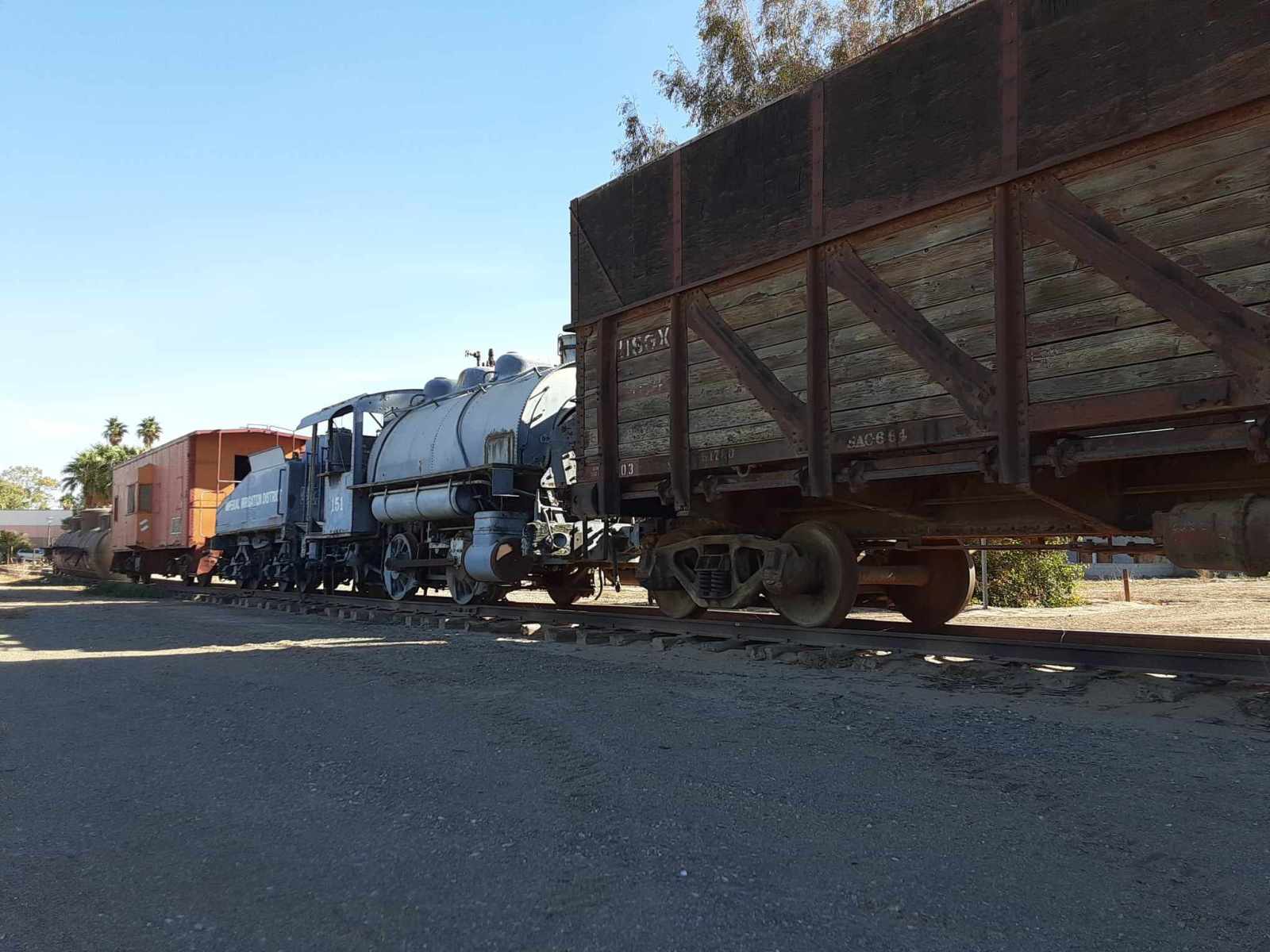Prior to 1850, there were many problems involved in acquiring material, transportation, or communication facilities, bar the rare desert trail and the iconic Southern Pacific railroad cutting across the northern Valley fifty miles north of the border. However in 1850, developers saw potential for the land, provided they could ensure a consistent lifeline to one of the most vital development resources; Water. Eventually it was discovered that the desert lay well below sea level and could potentially be irrigated through the use of a gravity-flow canal originating from the Colorado River.
However, during efforts to alleviate problems involving Silt clogging up and polluting the canal system, unexpected flooding occurred, enlarging the New and Alamo rivers and creating what is now known as the Salton Sea. These Flooding channels wreaked inexorable damage on the irrigation plan; However, the CDC, or California Development Company, which later evolved into the Imperial Irrigation District (IID), and their constant efforts to manage and close off dangerous water flows through the use of the Southern Pacific Railroads’ expansive rail system, as well as acquiring the necessary water rights to ensure safe, clean, and manageable water, were indispensable for longtime valley development. This rich history is displayed prominently through our numerous IID railroad mainstays such as the Southern Pacific Railroad Co. and IID Engines, (Engine 1237, Engine 151 and Engine 2353), as well as two hand operated railroad cars.1
- https://www.iid.com/about-iid/mission-vision-statements/iid-history
Resource – Imperial Irrigation district: A century of service. ↩︎




